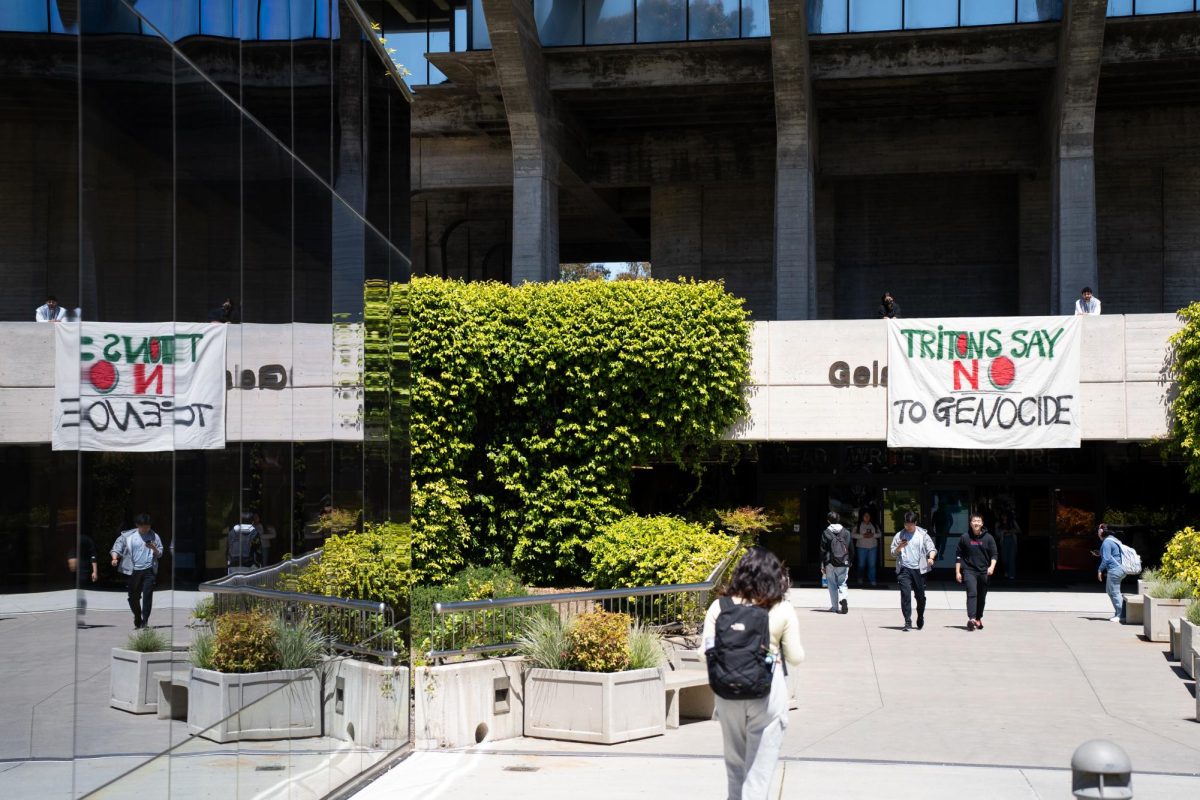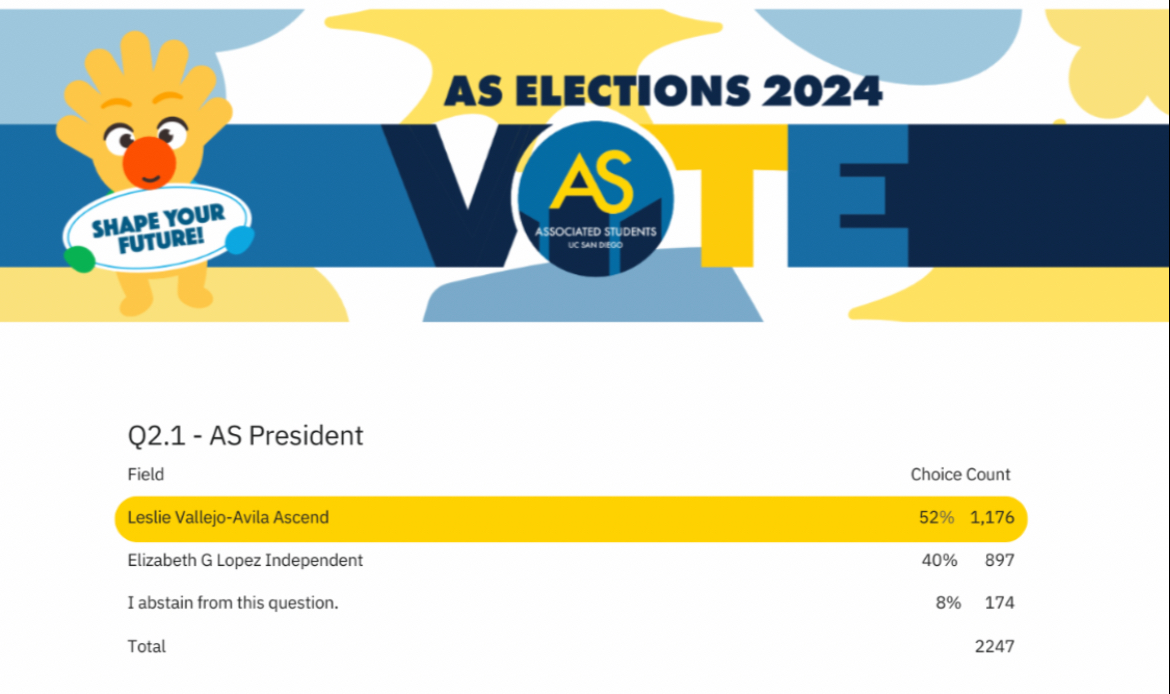The administration is currently looking into a proposal to shorten the 15-minute interval between classes to 10 minutes. This proposal is being considered as part of a solution to improve the efficiency and usage of classrooms and lecture halls on campus.
The proposition, along with several others, is being discussed in order to provide a solution to the growing needs of UCSD. In particular, the rising number of students and the subsequent demand for additional classes poses a scheduling problem for the university, as the number of available classrooms and lecture halls will more than likely remain the same.
“”Because of a record number of applications to the UC system, UCSD is being asked to raise its target of 3,625 and 1,200 enrolled new freshmen and transfer students, respectively, by 200 to 300 additional students,”” said Joseph Watson, vice chancellor of student affairs.
The need for additional classes to accommodate this rapid influx of new students at UCSD has become a conflict, however, since classrooms and lecture halls are already stretched to maximum usage between the hours of 8 a.m. and 5 p.m.
“”We’re just faced with a major problem,”” Watson said. “”Our enrollments have gone up, our classrooms have not kept pace with the enrollment growth and as a result we can’t get classes within the traditional or preferred times of the day, and we’ll have to spread the day out.””
One solution being discussed within the administration is the possibility of shortening the interval between classes on Mondays, Wednesdays and Fridays from 15 to 10 minutes. Classes would then start on the hour every hour.
If implemented, the first class of the day would start at 8 a.m. and end at 8:50 a.m. Students would have 10 minutes to get to their next class, which would start at 9 a.m. This cycle would repeat throughout the rest of the day, freeing up about 50 minutes, which administrators would use to squeeze in an extra class for every classroom or lecture hall.
Other solutions on the table for discussion include scheduling classes in the evenings, starting classes at 7:30 a.m. and even the possibility of holding classes on Saturday.
Some administrators claim that the 10-minute proposal, however, would create various scheduling benefits for the university.
First, under the 10-minute proposal, additional classes would not have to be scheduled either late at night or early in the morning, a move the administration fears would be unpopular with both students and faculty.
Second, the 10-minute proposal can be implemented relatively quickly, responding to the current and increasing demand for classroom and lecture halls needed for additional classes.
Third, the 10-minute proposal is cost efficient. While the logical solution is to simply build more classrooms and lecture halls, funding from the state for such projects will not come easily. Therefore, supporters of the 10-minute plan point out that using the existing classrooms and lecture halls more efficiently provides a solution that bypasses any financial obstacles imposed by the state.
Several years ago, UCSD operated under a 10-minute interval between classes. The change to 15-minute breaks was thought to provide students with several benefits.
“”It was done for a number of reasons,”” Watson said. “”One, it gave students a little more time, so they wouldn’t have to either leave early from a class or come in late to a class. Also, it provided some extra time for students to speak to faculty members outside of class.””
Shortening the breaks between classes has provoked some concern among the administration. The growing size of the campus, for instance, has led many to believe that 10 minutes is simply not enough time to traverse from one end of the campus to the other.
Specifically, the walk between York Hall and Warren Lecture Hall raises significant concern. For many students, this walk takes longer than 15 minutes. Students who have a class at York Hall followed by a class at Warren Lecture Hall will inevitably be late for class.
The administration is anticipating some opposition from students.
“”I think that the administration should look at other options before doing that,”” said Katie Martin, a Roosevelt sophomore. “”It really takes a lot longer than 10 minutes to walk all the way across campus.””
Nonetheless, the university is facing real problems that warrant an immediate solution. The administration acknowledges that reverting back to a 10-minute break may not be popular among students and faculty members, but it may be the best solution in light of the demand for additional classroom and lecture hall space.
“”One of the things we must try to do is work this out in a collective fashion,”” Watson said. “”One of our roles is to try to present to the faculty and students what’s needed, what classes need to be taught, how to schedule them and then what’s the best way.””
Discussion and extensive consultation will continue on in the future before any new policies are implemented.
The professors and students who comprise the Academic Senate will make the final decision, which may not take place until January of 2002.







